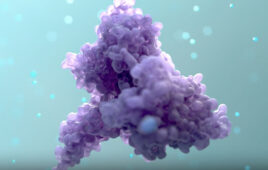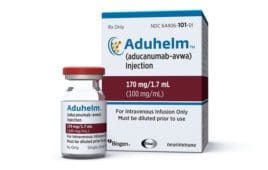
Researchers at Columbia University Irving Medical Center (CUIMC) have found new evidence of how certain transport proteins are working at the molecular level, paving the way for new, improved drugs to treat psychiatric disorders.
The study’s findings have been published in the prestigious Proceedings of the National Academy of Sciences of the United States (PNAS).
Neurotransmitter:sodium symporters (NSS) regulate signals between nerve cells, and are the molecular target of antidepressants (SSRIs like Prozac) and of various psychostimulants. The understanding of their structure and function, therefore, is key to the development of appropriate therapeutics to treat disorders such as depression, anxiety, and obsessive-compulsive disorder (OCD), which are a burden to millions of people in the US.
Led by CUIMC researchers Matthias Quick, PhD, Associate Professor of Neurobiology (in Psychiatry) at Columbia University Vagelos College of Physicians and Surgeons and Jonathan Javitch, MD, PhD, Lieber Professor of Experimental Therapeutics in Psychiatry and Professor of Pharmacology at Columbia University Vagelos College of Physicians and Surgeons, the team had previously studied a bacterial version of NSS (LeuT). This work revealed the existence of an unexpected second substrate binding site that was shown to also bind drugs. The team’s new study examined another bacterial NSS homolog (MhsT) that is even more functionally similar to its human counterparts. Their finding of a second substrate binding site in this NSS, too, powerfully suggests that the same configuration is likely found in human NSS as well, and dispels much of the previous skepticism.
“These data suggest that the involvement of two binding sites in neurotransmitter transport is not unique to LeuT but shared by other NSS members, and is possibly a universal feature of these many transport proteins,” says Dr. Javitch.
The study of neurotransmitter:sodium symporters has proven challenging, and three-dimensional images of LeuT were first captured only in 2005 using X-ray crystallography. While a central binding site was identified in the crystal structure, imaging of the second binding site remains elusive, and its identification has required biochemical, biophysical and computational approaches.
“Looking forward, incorporating the knowledge from this new discovery into future NSS research could lead to better-informed therapeutics research and design, ultimately improving the lives of the millions of Americans afflicted with psychiatric disorders,” says Dr. Quick.
The study is titled “The LeuT-fold neurotransmitter:sodium symporter MhsT has two substrate sites.”
##
Filed Under: Neurological Disease



